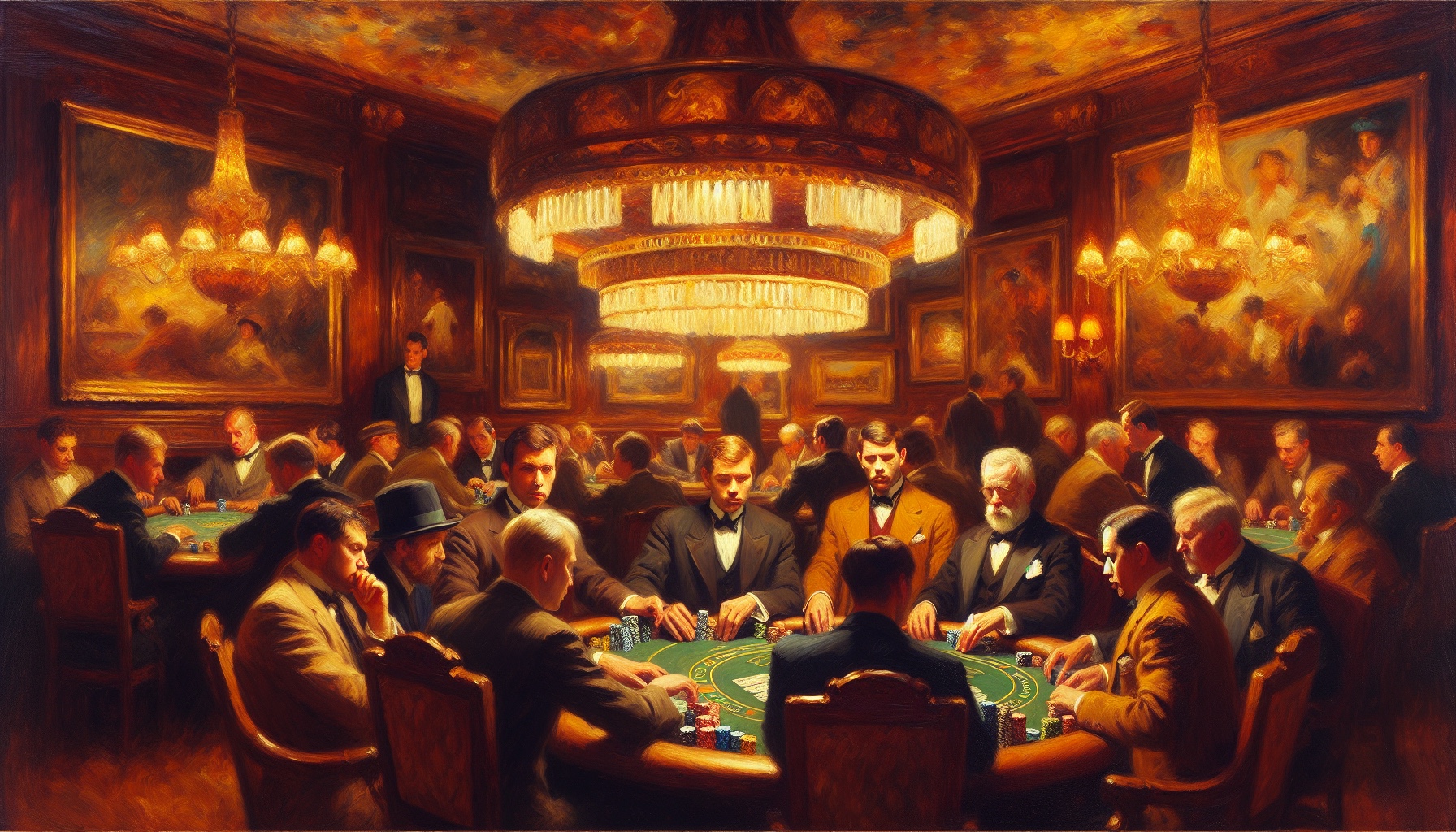
What Does Set a Trap Mean in Poker?
In poker, ‘Set a Trap’ refers to a strategy where a player plays passively or deceptively with a strong hand to induce opponents to bet more aggressively, ultimately maximizing potential winnings.
When You Might Hear Or Use The Term Set a Trap
Players often set traps in situations where they hold a strong hand and want to lure aggressive bets from opponents. This term is commonly mentioned during discussions about strategic plays or during gameplay when a player decides to check or call with a strong holding instead of raising.
In-Game Example
Imagine holding pocket aces on a dry board like 722. Instead of betting aggressively, you check to your opponent, allowing them to bluff or bet with weaker hands, thus setting a trap.
Strategy / Tips
- Best Practice: Use this strategy against aggressive opponents who are likely to bet when checked to.
- Common Mistake: Overusing this strategy, leading to missed opportunities to extract value from weaker hands.
- Pro Tips: Set traps when you have position, allowing you to control the pot size and maximize deception. Be aware of board texture and opponent tendencies.
- Differences playing over the table vs online: Live players may give off physical tells when trapping, while online players might rely on betting patterns.
Alternative Names
Slow playing, Sandbagging
FAQs
- Q: How do I know when to set a trap?
A: Consider setting a trap when you have a strong hand and are facing aggressive opponents or when the board texture is unlikely to improve opponents’ hands. - Q: Can setting a trap backfire?
A: Yes, if you allow opponents to see free cards that improve their hands, you might lose value or the pot itself.
For more strategic plays, you might want to explore online poker to practice setting traps in different scenarios.
Related Terms
- Slow Playing
- Check-Raise
- Sandbagging

